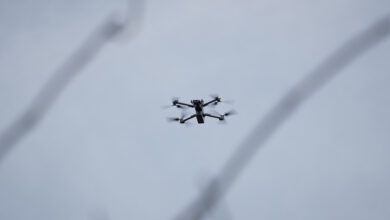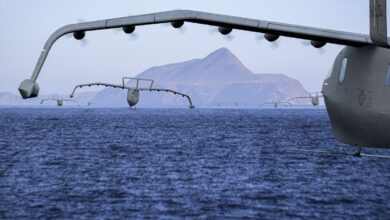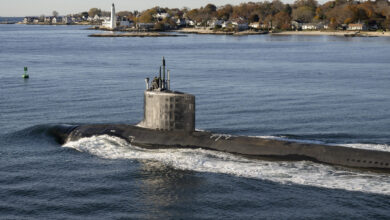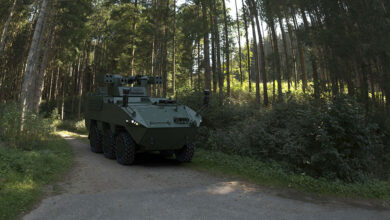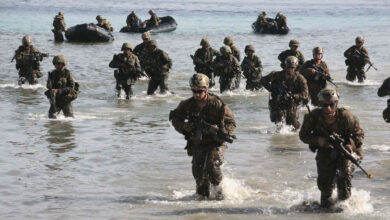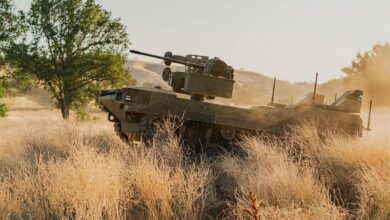US Marines Tap Textron, General Dynamics for Reconnaissance Vehicle
The US Marine Corps has selected General Dynamics Land Systems and Textron Systems for contract negotiations to develop a prototype for its Advanced Reconnaissance Vehicle (ARV).
If negotiations succeed, the firms will be awarded contracts to develop their respective prototypes in the first quarter of 2023, the service revealed in a statement. A final winner will be announced after six months.
The Marines Corps wants to replace its fleet of 600 Light Armored Vehicle (LAV)-25s with about 500 ARVs, according to USNI News.
Expected Features
The contract specifies that the ARV must feature “reconnaissance, target acquisition, surveillance and C4 (command, control, communications, and computer) equipment for sensing and communications.”
The service said the sensors and C4 systems should enable the ARV to “serve as the manned hub of a manned/unmanned team and deliver next-generation, multi-domain, mobile reconnaissance capabilities.”
Textron’s Proposed Vehicle
Textron said that it will develop a 6×6 wheeled amphibious reconnaissance vehicle prototype — the Cottonmouth — in the contracted period.
The Cottonmouth will feature a next-generation naval sensor node to “employ a mix of reconnaissance, surveillance, target acquisition, and C4 (command, control, communications, and computer) systems,” the firm noted.
Additionally, the vehicle will be equipped with Elbit Systems of America’s IronVision technology that allows soldiers to see “beyond-line-of-sight,” Textron added.
“Built from the ground up in less than nine months, the Cottonmouth is a low-risk, mission-oriented solution backed with over 750 miles of data using scenarios representative to the Marine Corps’ mission profile and requirements,” said Senior Vice President David Phillips, Textron Systems.
General Dynamics Proposal
General Dynamics, meanwhile, claims that its vehicle prototype “will be able to control air and ground robotics and provide critical reconnaissance information through onboard and networked sensors.”
“Our collaborative industry team is focused on early integration of transformative technologies – advanced next-generation electronic architecture, artificial intelligence, autonomy, and robotics – required to deliver this capability,” Vice President and General Manager for US Operations, Don Kotchman, said.
“We have ensured the growth margins and modular open architecture necessary to rapidly incorporate new technology.”




